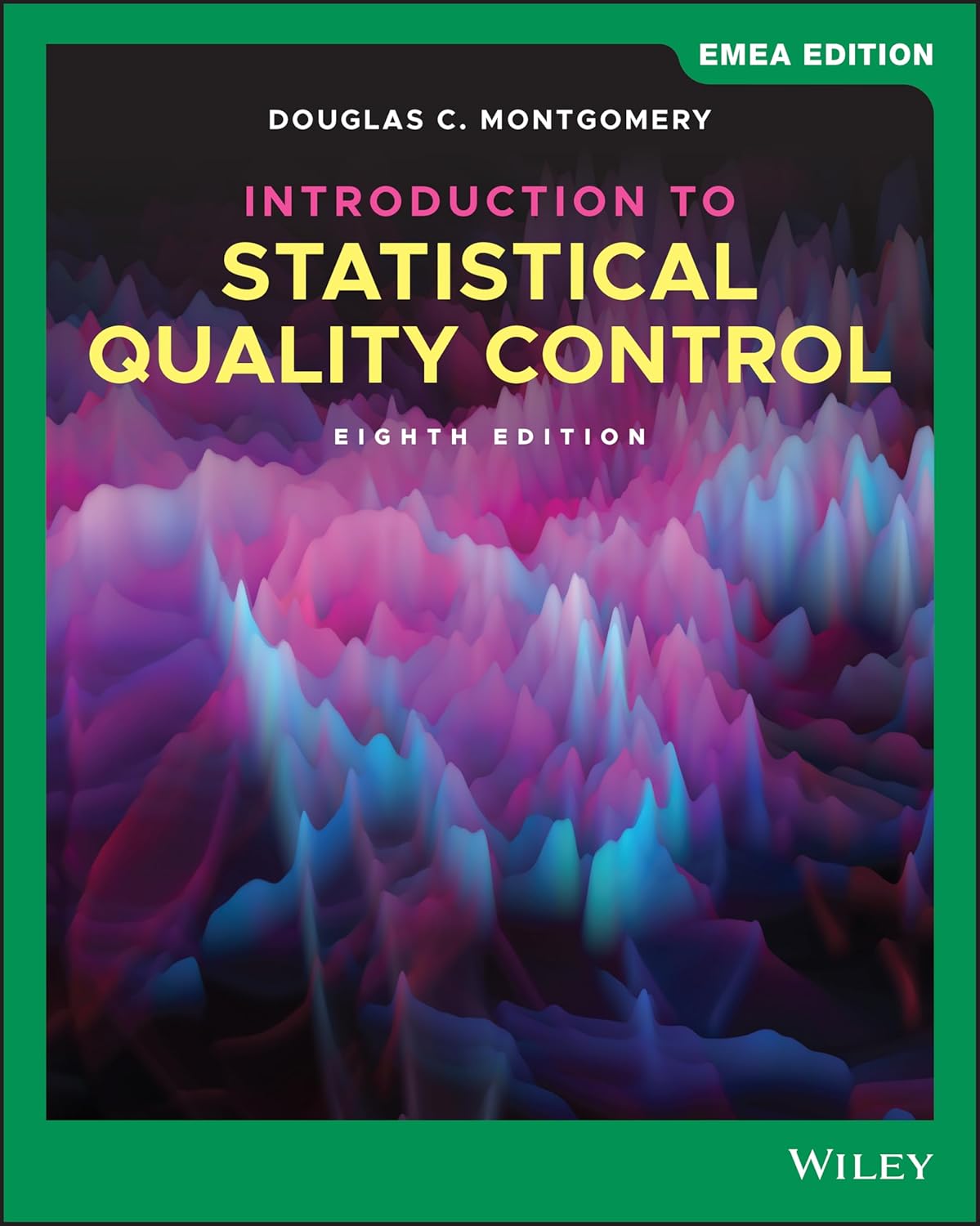
Statistical Sampling
What is Statistical Sampling?
Statistical sampling is a technique used in project management to examine a portion of a population in order to draw conclusions about the entire group. Instead of inspecting every item or data point, a smaller, representative sample is selected and analyzed. This method is especially useful in quality control, cost estimation, and risk assessment, where complete population testing would be too time-consuming or costly. By applying probability and statistics principles, project managers can make informed decisions with high confidence in the results.
This approach selects samples that accurately reflect the characteristics of the entire set. The choice of sampling method—such as random, stratified, or systematic—impacts the accuracy and reliability of the conclusions drawn. Manufacturing projects, audits, and surveys commonly apply statistical sampling where testing every item is impractical.
Key Points
- Statistical sampling allows for reliable conclusions without examining the entire population.
- It reduces time, cost, and resource use in data collection and analysis.
- There are different types of sampling methods, including random, stratified, and systematic sampling.
- The accuracy of sampling depends on sample size and the method used.
- It supports decision-making in quality control, risk analysis, and cost management.
Related Terms
- Random sampling is a method where every item in the population has an equal chance of being selected.
- Stratified sampling divides the population into subgroups before sampling to ensure representation from each group.
- Systematic sampling selects items from an ordered population at regular intervals.
- Quality assurance often uses statistical sampling to check if project deliverables meet established standards.
- Risk management can apply statistical sampling to estimate the likelihood and impact of uncertain events.
Statistical Sampling: Example
A project team responsible for delivering 10,000 printed brochures decides to check for print quality using statistical sampling. Instead of reviewing every brochure, they select 300 at random for inspection. This sample allows them to determine if the overall batch meets the quality standards without evaluating each item.
Statistical Sampling: Best Practices
- Define clear objectives for sampling before selecting a method.
- Choose an appropriate sample size to balance cost and accuracy.
- Ensure that the sampling method aligns with the characteristics of the population.
- Regularly review sampling procedures for consistency and reliability.
- Train team members in statistical principles to improve the accuracy of results.
Additional Resources
Preparing for a PMI certification?
- Exam Prep Courses: PMP®, CAPM®, and PMI-ACP®
- Exam Simulators: PMP®, CAPM®, PMI-ACP®, PMI-PBA®, PMI-RMP®, PMI-SP®, PgMP®, and PfMP®
- Professional Development Units (PDUs): 15, 30, and 60 PDU Bundles




